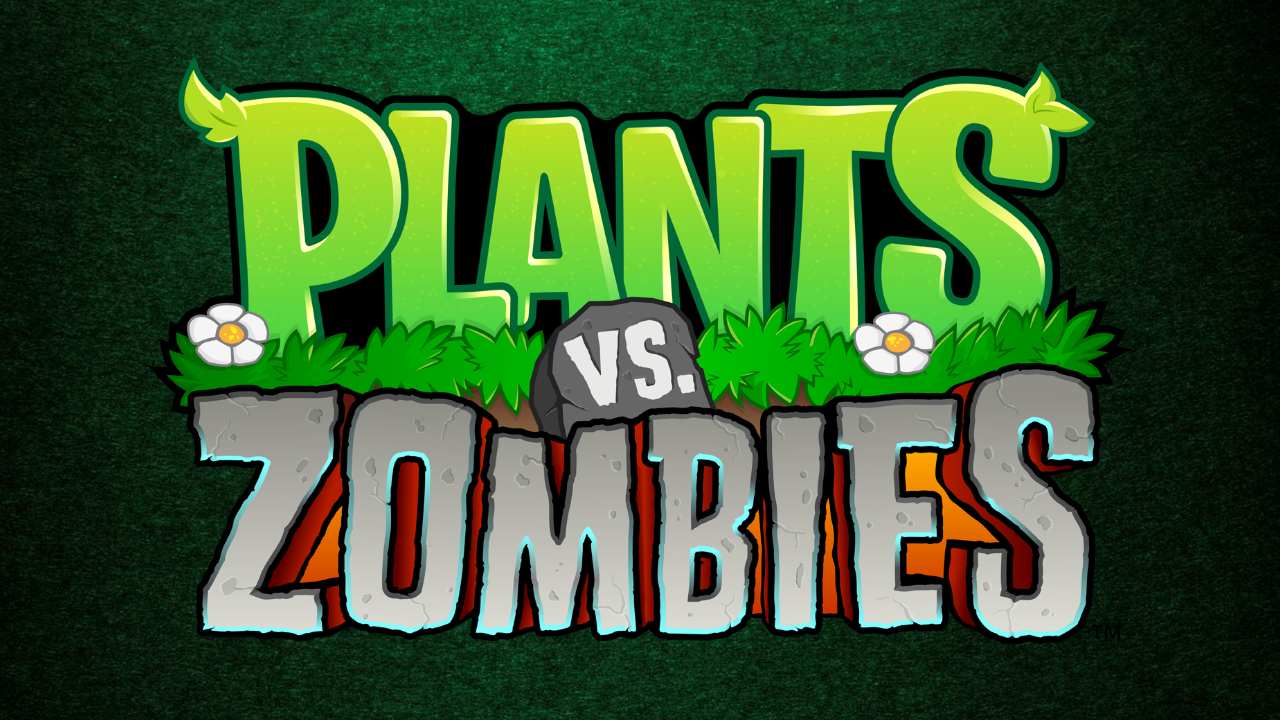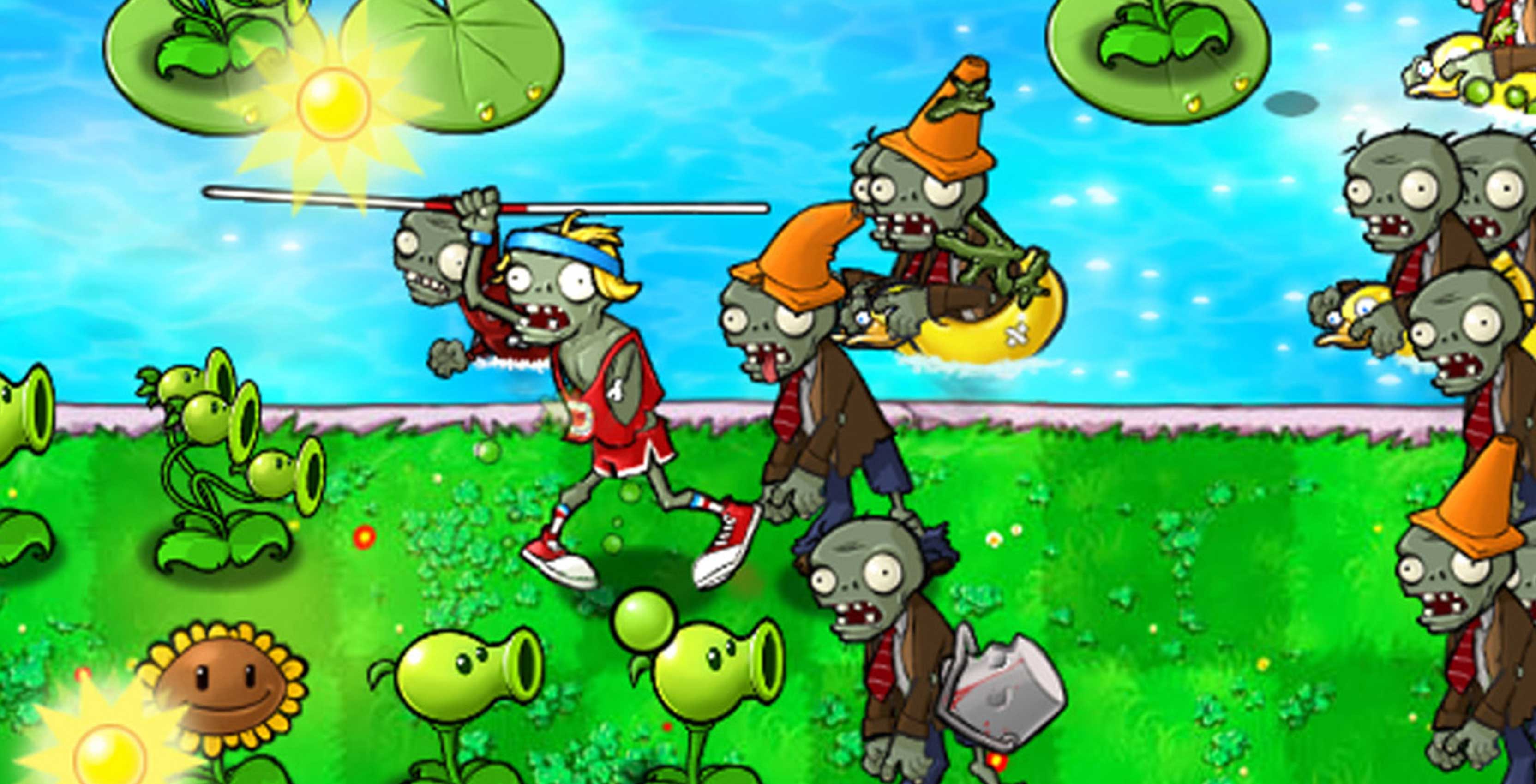by Arnav Sawant

Plants vs Zombies has always been a game that has been marveled at since its release in 2009. Its creators, Popcap, were already raking in big profits because of their unparalleled successes in Bejeweled and Peggle. When Plants vs Zombies was released in 2009, players were exposed to a completely different genre of gaming that had never been seen before, tower defense. In Plants vs Zombies, the main objective was to stop incoming hordes of relentless zombies from eating your brains, or to be precise, Crazy Dave’s brains. Plants would cost sun, that would either fall from the sky (only in the Day, Pool and Roof levels) and from Sunflowers and Sunshrooms. There would be either 5 lanes (Day, Night, Roof) or 6 (Pool, Fog) depending on the stage you were on. As the player, placing plants and different fungi to save Crazy Dave would be your ultimate goal, while the man with the pan (on his head) would deliver crazy anecdotes and possibly even tips to help beat the dozens of levels awaiting you.
Of course, beating the game would not be that simple. Popcap had made sure of that. While progressing through each level, different zombies with varying strengths would be making themselves part of the level, with your flimsy Peashooters doing absolutely nothing to stop them. Take for example the simple yet rigid Buckethead Zombie.

This regular zombie with a bucket and a jacket would cut through your defenses like a hot knife through butter. However, there is always a bright side. As each level is completed, you would be awarded with a new plant, with different functions, that also coincidentally defeats the new zombies that you would encounter. Going back to the Buckethead Zombie, you would unlock the Repeater and the Frozen Peashooter. Combining these plants would result in ultimate destruction, and you could bet Crazy Dave’s tacos that not even one zombie would eat your plants.
Looking back at the hidden history of Plants vs Zombies is quite fascinating. The game appeared to only be made by three people, George Fan, Rich Werner and Laura Shigihara. For a game of such utter complexity (yet simplicity), a game made by three people in 2009 was something to admire. Fan worked as the game’s designer, with Werner being the main artist. Shigihara was the third piece to the puzzle, and provided soundtracks to the game that kept you playing and maybe even humming along. Their astounding work on Plants vs Zombies continued to receive award after award, even winning “Best Game” in the Game Developers Choice awards. Popcap was at their prime, and it seemed like a sequel was inevitable.
The sequel was inevitable, but not before a horrifying series of unfortunate events unfolded. Popcap continued to update their top grossing game and bring it to various platforms, but fired people in the process. Creator George Fan eventually succumbed to these continuous discharges. Popcap eventually did announce that a sequel would be coming, but after 3 years since the original came out. At last, Popcap revealed Plants vs Zombies 2: It’s About Time, a similar tower defense game but with brand new broad levels, and even more crazier plants. Crazy Dave still was Crazy Dave but with an arch nemesis, Dr. Edgar Zomboss, who made a return from the final bossfight of Plants vs Zombies. This campaign and the storyline immersed players even deeper into the fanatical universe that was Plants vs Zombies, as it was exclusive to mobile devices. The theme was traveling back into the past and into the future, hence It’s About Time. However, Popcap also admitted the painful amount of time it took to release the sequel, making the title a hilarious nod to their laziness.
What seemed like another rocket launch, turned out to be a crash landing for Popcap. With even better games coming out and more genres to explore, the company eventually sold all publisher copyrights and trademarks of Plants vs Zombies to Electronic Arts for a hefty amount of money. This was the final farewell by Popcap and players around the world continue to reminisce about the times when it was simpler when Popcap held the rights to the franchise.
Under new ownership, EA held the game with an iron grip. They released updates frequently, included microtransactions for a boost the game needed severely (the game was getting harder by the minute), and new levels faster than ever before. Then came the shocker, EA announced a shooter style Plants vs Zombies game coming soon to all consoles. Critics heavily anticipated a bigger failure than a burnt turkey on Thanksgiving. However, instead of being served burnt turkey, EA delivered strawberries and whipped cream.
Plants vs Zombies: Garden Warfare was released in 2014, during November. The game turned out to be one of the greatest animated shooters of all time, breaking bigger records than Popcap ever did. EA had delivered the popular shooter genre, while sticking true to the game’s origins, with characters being Peashooter, Sunflower and new characters such as the Engineer and Scientist. Like the original, each character had special abilities, that could also be used to directly counter other characters. The difference was that you, the player, took control of a singular character and could construct strategies to defeat the other team. There were also a plethora of different game modes, with the most popular being Backyard Battleground. EA had done the unexpected, and had actually created a fantastic game.
The sequel to Plants vs Zombies: Garden Warfare was released two years later, and was called (guess what) Plants vs Zombies: Garden Warfare 2. Other games such as Plants vs Zombies: Heroes, a match three game, also was released in the space between the two aforementioned titles. The sequel presented better graphics, more game modes, and completely different characters. It was now available on next- generation consoles, and players were able to play at a constant framerate. However, developers were now in fierce competition to develop the best game, as gaming turned out to be a multibillion dollar industry by 2016. Updates didn’t seem to help and the game’s popularity died out, and Garden Warfare 2 was in the shadows for the next three years. Until now, that is.
EA has just recently announced Plants vs Zombies: Battle for Neighborville, the sequel to the sequel of the original Garden warfare. And guess what? It’s not another battle royale game (Woohoo!). It has enhanced graphics, a better social hub and even more features to party up with your friends. The game was announced on EA’s official Youtube channel. It has announced a completely different mode, Battle, which has already seen thousands of positive reactions. So far, I like the game’s trajectory, and it could bring back the decade-old Plants vs Zombies fandom that we all have been familiar with.









